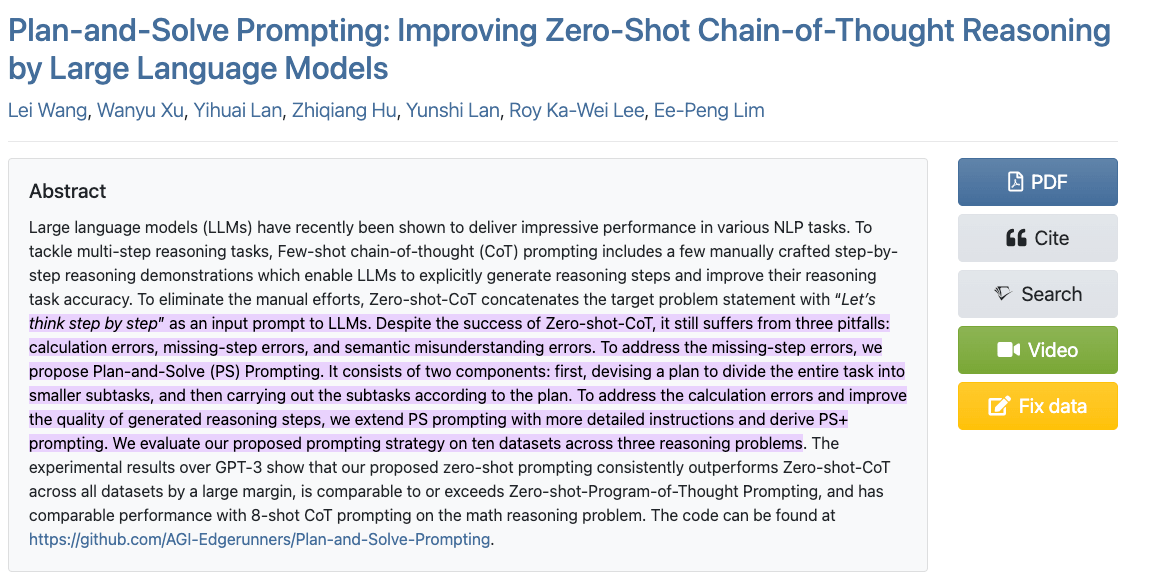Implement Planning Agentic Pattern from Scratch
...using pure Python and an LLM.
Part 11 of the AI Agents crash course is available.
Here, we implemented the ReAct pattern from scratch (using just pure Python and an LLM).
Read here: AI Agents Crash Course Part 11 →
But what exactly is the Planning pattern, and why is it so important?
Researchers have observed that even when prompting an LLM to reason stepwise (chain-of-thought), it may skip critical steps or produce a flawed solution path.
By contrast, if we ask the model to devise a plan first and then execute it, we force it to think through the entire solution path, reducing the chance of skipping steps.
In essence, planning imposes a structure that improves thoroughness.
This enhances an LLM agent’s ability to handle complex tasks and decisions by combining chain-of-thought reasoning with external tool use.
We have also seen this being asked in several LLM interview questions.
Thus, in this article, you will understand the entire process of building a Planning agent from scratch using only Python and an LLM:
Not only that, you will also learn:
Recent research around this topic and best practices.
The entire Planning loop pattern (Plan → Execute → Observation → Collect → Answer), which powers intelligent decision-making in many agentic systems.
How to structure a system prompt that teaches the LLM to plan ahead while using tools.
How to implement a lightweight agent class that keeps track of conversations and interfaces with the LLM.
A fully manual Planning loop for transparency and debugging.
A fully automated
agent_loop()controller that parses the agent’s reasoning and executes tools behind the scenes.
Read here: AI Agents Crash Course Part 11 →
Also, if you are new here, here’s what we have done so far in this crash course (with implementation):
In Part 1, we covered the fundamentals of Agentic systems, understanding how AI agents act autonomously to perform tasks.
In Part 2, we extended Agent capabilities by integrating custom tools, using structured outputs, and we also built modular Crews.
In Part 3, we focused on Flows, learning about state management, flow control, and integrating a Crew into a Flow.
In Part 4, we extended these concepts into real-world multi-agent, multi-crew Flow projects.
In Part 5 and Part 6, we moved into advanced techniques that make AI agents more robust, dynamic, and adaptable, like Guardrails, Async execution, Callbacks, Human-in-the-loop, Multimodal Agents, and more.
In Part 8 and Part 9, we primarily focused on 5 types of Memory for AI agents, which help agents “remember” and utilize past information.
In Part 10, we implemented the ReAct pattern from scratch.
Just like the RAG crash course, we are covering everything about AI agents in detail as we progress to fully equip you with building agentic systems.
Of course, if you have never worked with LLMs, that’s okay.
We cover everything in a practical and beginner-friendly way.




